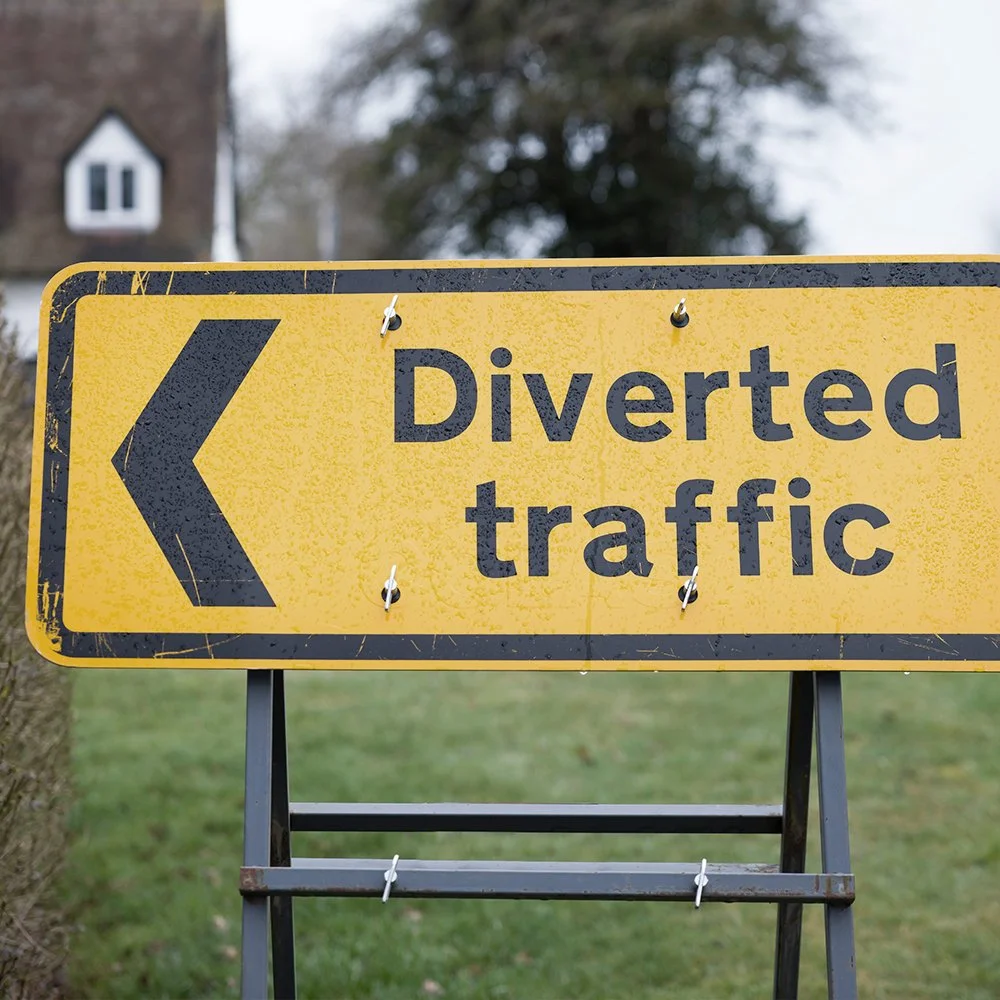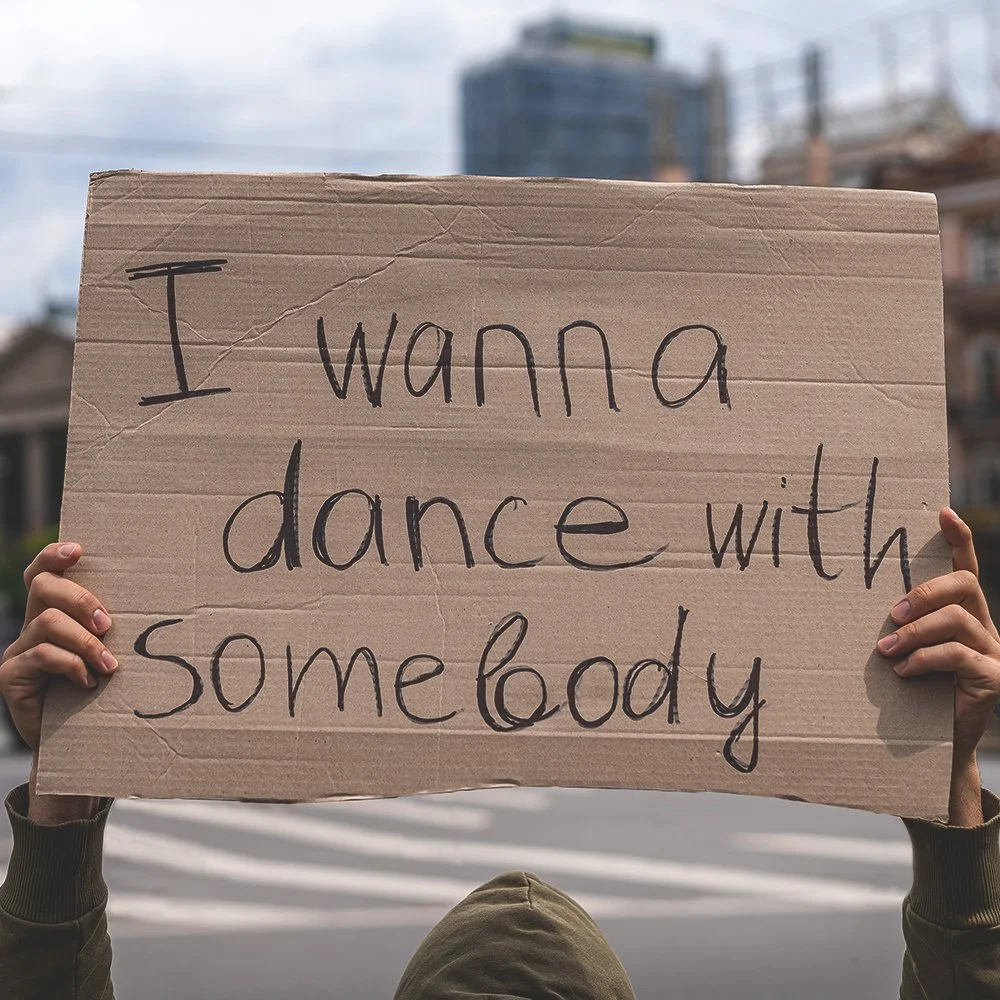‘New year, new you’ is easier said than done – how to overcome resistance to lifestyle change
It’s that time of year again. ‘New year, new you’.
Behavioural science would have us believe that the New Year is a great time to encourage people to make lasting changes to their lifestyles. The Fresh Start Effect says we’re more motivated to take on our goals and form new habits and behaviours around significant temporal landmarks, like birthdays or the start of a new job – or the start of a whole new year.
But behavioural science clearly hasn’t met January, the month that manages to fit 7 long, cold weeks into 31 short, dark days.
Why is it that by the 6th week of January, most people’s New Year’s Resolutions aren’t worth the paper they were optimistically written on? Why are people so resistant to the forces of change – at this time of year, and any other – and what can organisations do to help nudge them along a journey to a healthier lifestyle?
Our brain works against us when it comes to overcoming bad habits
The human brain is built to stick to what it knows. It’s what keeps us alive. In his 2011 book ‘Thinking, Fast and Slow’, Nobel-prize winning author Daniel Kahneman describes two systems of thought – ‘System 1’ thinking (automatic, emotional, fast) and ‘System 2’ thinking (effortful, cognitive, slow).
System 1 thinking is our autopilot, and it underpins the majority of our everyday activity, including habits like what we eat and drink and whether we exercise. When we get in the car to drive to work and get out of it again half an hour later with no idea how we got there – that’s System 1 driving the bus.
System 2 thinking only kicks in when novel situations present themselves. It processes new information when it must, but, in practice, it would rather not go to the effort, preferring to rubber-stamp the long-term preference that System 1 has established. This isn’t laziness. It’s essential to being able to function. If we were designed to consciously address every piece of stimulus our brains receive, we’d find it very difficult to function.
Kahneman refers to this tendency to go with the flow and maintain the status quo as ‘cognitive ease’ – the alternative, ‘cognitive strain,’ requires effort and attention and is avoided where possible. Slow thinking is hard work – so more often than not, we think fast.
This makes breaking old habits and forming new ones extraordinarily difficult. We’re primed to do what we’ve always done, what is easiest and what requires the least thought and effort: NOT changing. If we’ve never regularly attended the gym, it’s easier not to. Always smoked? It’s easier to carry on, especially in the face of an addiction.
And it’s even more difficult to change if what we’ve always done feels good.
Enjoyable behaviors trigger our brain’s reward system, prompting it to release the feel-good hormone, dopamine. If we do something enjoyable regularly – be it eating sugary food, smoking or drinking – the dopamine release reinforces and strengthens the habit and creates a craving to do it again. This dopamine craving is how we get addicted to things that often make us feel miserable – like gambling. We get locked in a cycle of chasing a high, that almost always leads to a low, triggering the craving for that next high…
This means most people would literally rather die, than change
You’d like to think that rational new information like, “You’ll die if you don’t change your ways” would be the kind of wake-up call that prompts System 2 to kick in and overrule System 1’s established preferences.
You’d be wrong.
Most people don’t alter their behaviour even in the face of overwhelming evidence that they should. Dr. Edward Miller, the CEO and Chief Medical Officer of John Hopkins Hospital, observes that only 10% of people who’ve had heart bypass surgery or an angioplasty make major modifications to their diets and lifestyles afterwards. Most patients revert to their previous poor lifestyles within 2 years.
If everyone did what they knew was the right thing, no one would smoke, or drink alcohol. We’d never eat ultra-processed food. Coca-Cola would go bust, our gyms would be overflowing, we’d all get 7 hours sleep a night and practice mindfulness. Wearing kale pyjamas, or something. Productivity would soar. We’d all be truly happy.
But for every evidence-based piece of rational health advice, there’s a McDonald’s drive thru, a crafty social ciggy and a bottle of wine in front of Netflix. Deeply embedded habits that are infinitely more rewarding and fun, than facing our own mortality.
If the dice is so heavily loaded against us, is there any point in even attempting to drive change?
Yes. Because once you understand how a system works, you can hack it. This is the principle underpinning the use of behavioural science to create change – by understanding the heuristics and biases that lead to behaviours, you can leverage them to your advantage.
So here are five thoughts from our behaviour change strategists, to help unlock resistance to change – and that might just help 2024’s New Year’s Resolutions stick...
1. Tackle one behaviour at a time
Behaviour change works by understanding the combination of factors driving an undesirable behaviour/blocking the desired behaviour, and addressing them. Every behaviour has a different combination of biases and heuristics driving it, and so requires a different change strategy.
And just as it’s impossible to run multiple strategies concurrently in one piece of communication, it’s extremely difficult for individuals to do the same in their everyday lives.
This is why writing a list of 5 New Year’s resolutions and trying to tackle them all at once sets individuals up for failure. It’s not that they shouldn’t have more than one goal. It’s about prioritising them and seeing themselves and their resolutions as an ongoing behaviour change programme, not a one hit wonder.
And when it comes to changing or introducing multiple behaviours, the order of operations matters. If you can identify a keystone change that will help unlock all the others, that should be the priority, even if it means tackling what seems to be a less pressing problem, first.
The urgent societal problem might be that obesity and sedentary lifestyles are leading to low productivity and high costs associated with sickness. But it’s often poor mental health that underpins unhealthy food choices and the lack of motivation to get moving. The keystone change is therefore building mental fortitude.
If people applied this principle to their New Year’s resolutions and tackled their own keystone issues first, from the start they’re putting themselves in a stronger place to succeed.
2. Create friction and disrupt the norm
Environmental factors play a massive part in human behaviour. When Houston Airport changed the route from the arrivals gate to baggage claim so it took longer to walk, they received fewer complaints about the time it took for their baggage to hit the carousel. People were happier walking for eight minutes and waiting for one minute, than walking for one minute and waiting for eight.
The E in the EAST framework represents Easy – how do we make it easy for people to exhibit the desired behaviour? This isn’t just about removing barriers. It sometimes makes sense to introduce them and use purposeful friction to our advantage.
Move the staff vending machines out of high footfall areas, and fewer people will go out of their way to find them – and if they do, at least they’re getting their steps up walking there... Rearrange the items in those vending machine so healthier choices are at eye level, and more people will choose them – you don’t even have to remove the sugary treats. Simply moving them will shift the needle slightly. If there are 5 rows of bottled water and 1 row of fizzy pop, more people will choose water – and the converse is true. If there are more fizzy drinks, than water, more people will choose them. Introducing tiny bits of friction, can make a huge difference.
For people setting themselves a programme of tricky New Year’s resolutions, this could mean simply introducing friction to their everyday lives, full stop. Driving to work a different way, sleeping on the other side of the bed, sitting in a different spot on the sofa, rearranging the furniture in the living room…
The more small, easy things we can disrupt, the less hold our habit-loving System 1 has over us. By normalising novelty and change, it makes it easier to accept and make bigger changes.
3. Perfect is the enemy of good
Successful behaviour change is iterative, and stealthy. Simple swaps. Small changes. Little nudges. You can see this in action in public health campaigning – there are dozens of steps on the journey from A to B, and each one needs to be taken at an individual’s own pace.
This means actively fighting All Or Nothing Thinking – the tendency people have to believe they need to commit to a restrictive routine that’s often unrealistically too far from where they are now, which often leads to us writing ourselves off as a failure and aborting mission if we don’t achieve perfection. A snack-cident at 11am means that day is ruined, so the diet is abandoned for the day – or the week, or forever.
The cognitive tendency to create false binaries is extremely common in individuals and plays a significant part in many failed New Year’s resolutions – but it’s a distortion. If someone normally has 3 biscuits, cutting back to 2 reduces the calories by 1/3. Alternating alcoholic drinks with soft drinks reduces alcohol intake by 50%. Going to the gym once a month is better than not at all and is a baseline to build from.
Perfect is the enemy of good. Getting healthier is how you get healthy – and it’s easier. So, whether you’re an organisation seeking to support the health of your workforce, or an individual trying to make 2024 the year you stop saying one day and commit to day one – break the elephant down into chewable chunks, by setting lots of little micro-goals, rather than one big unattainable mission.
4. Make a public commitment
The Commitment Bias is the theory that if you make a public commitment to taking a course of action, you’re more likely to go through with it. Humans don’t like inconsistency – in ourselves, or others. We find it stressful and seek to ensure our future behaviour matches our past commitments.
This desire to be consistent underpins the guilt we feel when we said we’d do something and didn’t. And the guilt is considerably amplified if we fail to deliver on a commitment made to, or in front of, other people. Being seen to be inconsistent and unreliable creates uncomfortable feelings that most of us are wired to avoid.
Organisations can leverage this to embed change, by building in moments of commitment to their change strategy – sign the pledge, share the reason why you’re committed to change, wear the badge… This is something we can all easily apply to our New Year’s resolutions, too. Announce your intentions on your socials, tell your friends and family. Go big with your commitment – you’re more likely to stick to it.
5. Make change social
Individual change is much more likely to happen if people work as a collective to achieve it. So, creating group challenges or directing people to existing groups is a good way of creating the conditions for success.
When it comes to fitness challenges, group training promotes 'adherence’. The hardest part of any workout is getting off the sofa and doing it – the Commitment Bias means when we’ve told someone else we’ll work out with them, we are much more likely to show up. And a bit of competition is healthy. Evidence shows people work harder in a group setting because they compare themselves to each other and don’t want to look weak or lazy.
The same principles apply to group weight loss, with the effects particularly observed in men. And it’s an easy principle for people to apply to their New Year’s resolutions – commit to making the changes with your families and friends, and you’ll all find it easier to stick to them, and more enjoyable too.
Find out more
There’s no magic bullet solution to improving health and wellbeing, and change doesn’t happen overnight – it requires a consistent, committed, iterative approach. Whether you’re looking to improve the wellbeing of your workforce or the public, we’d love to be part of your change journey - get in touch to find out more about how we can help your organisation manage lifestyle change.







